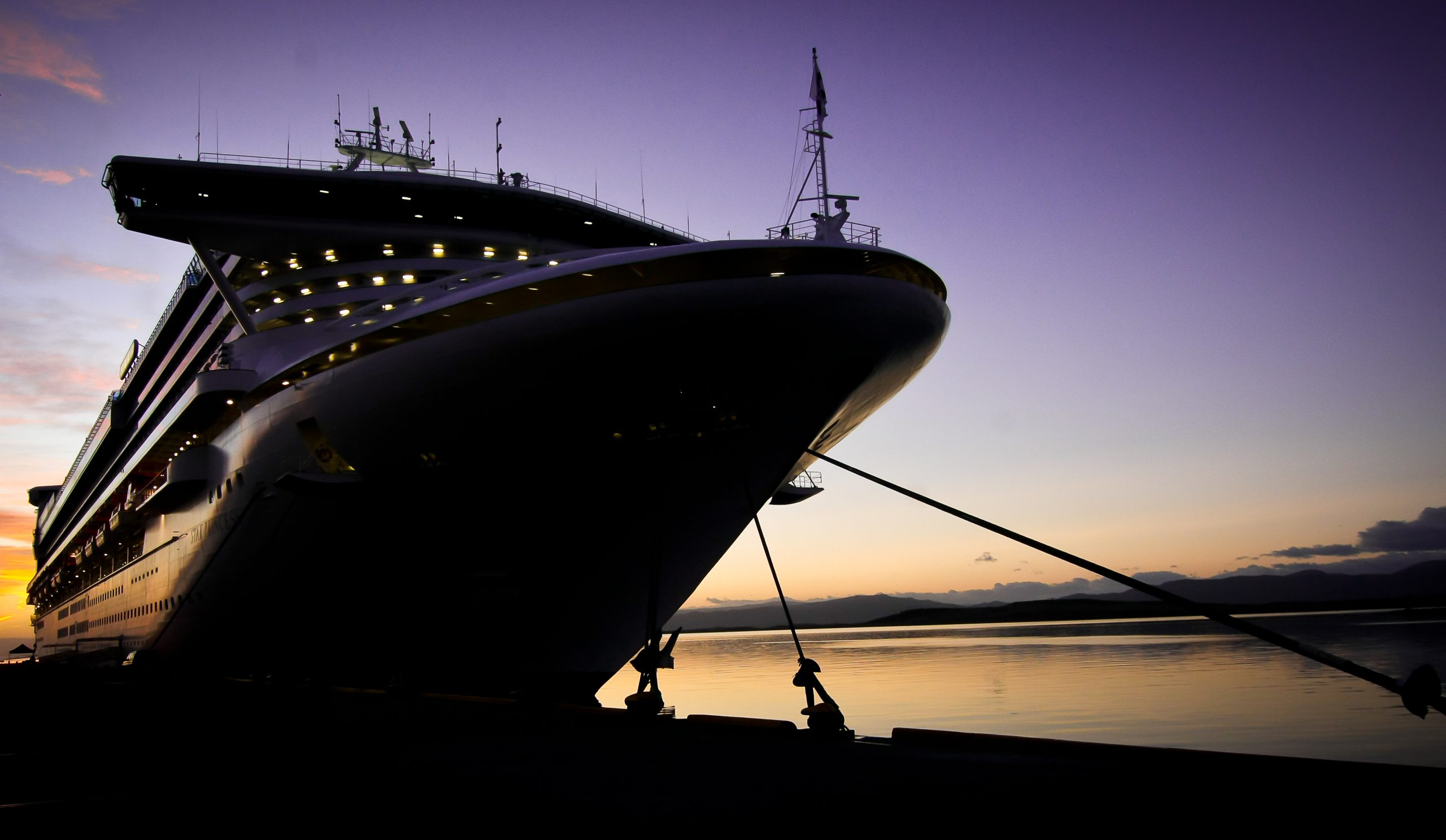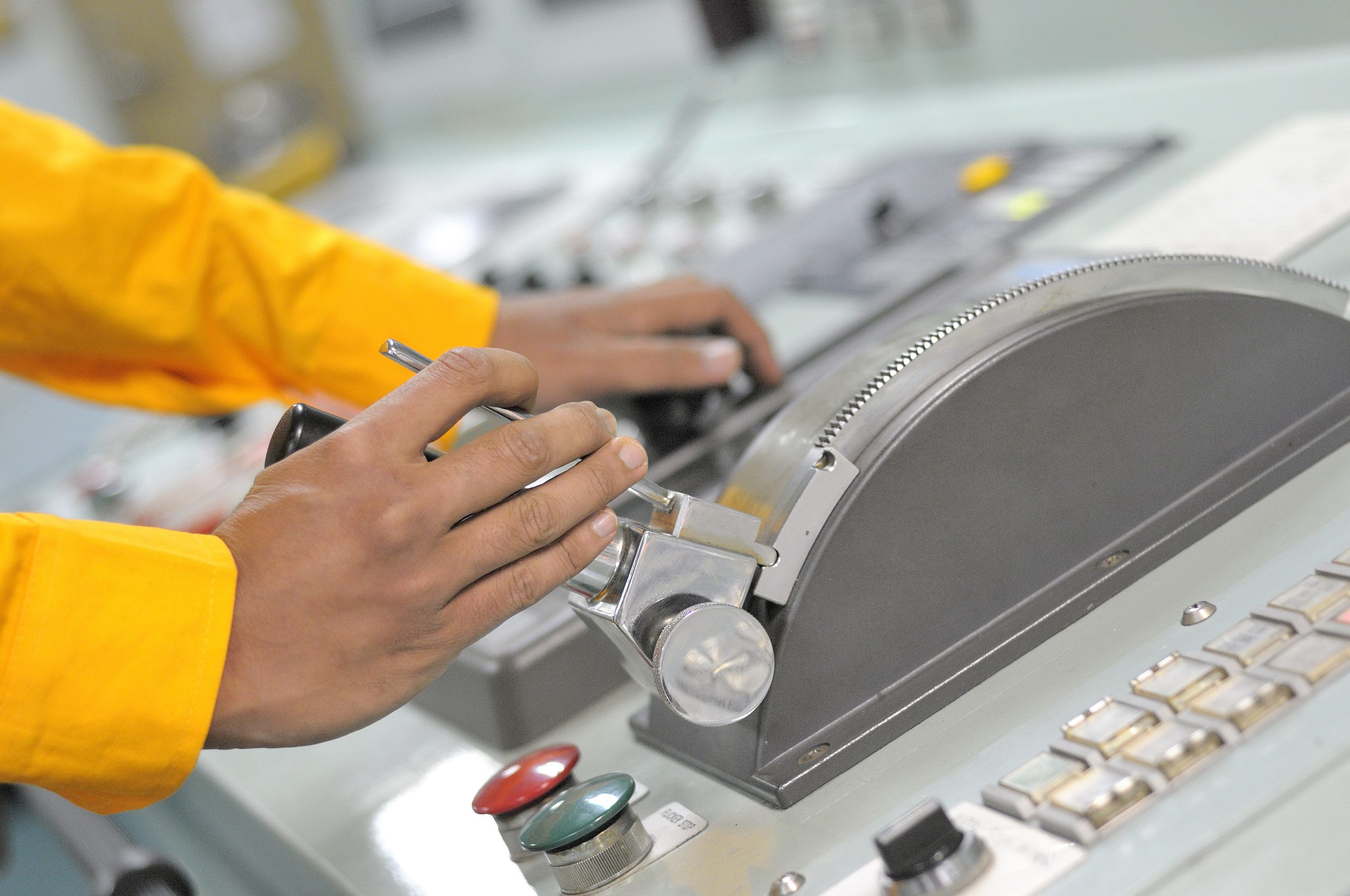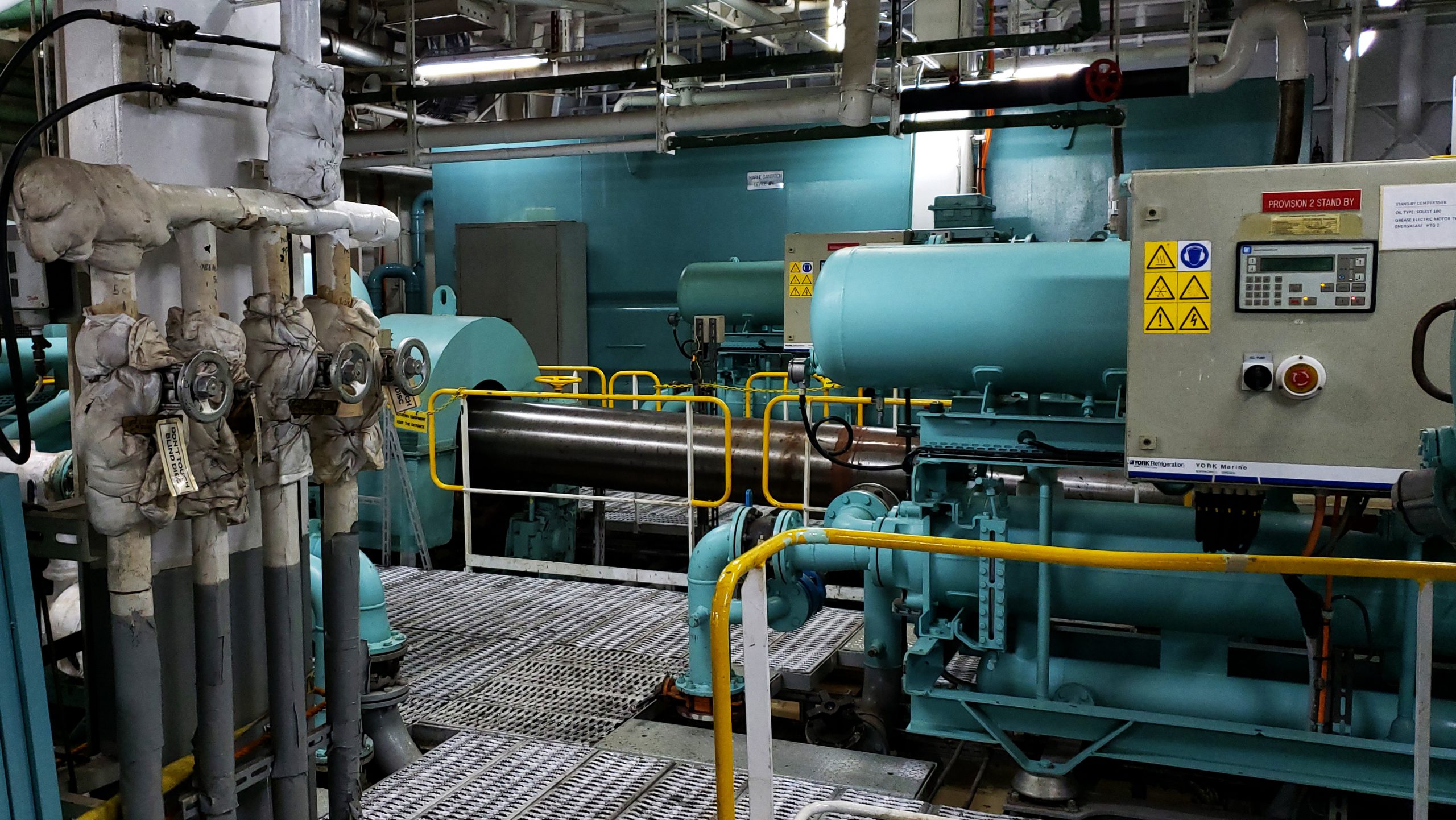International shipping transports more than 80% of global trade to communities all over the world. While explosive atmosphere safety has always been a concern for the maritime industry, the potential risk has increased due to a recent transition from ‘bunker’ fuel or heavy fuel oil (HFO) to liquefied natural gas (LNG) for the main propulsion system of vessels.
This move has been driven by the implementation of emission control areas, particularly within European and North American waters, which have restricted emissions of sulphur, nitrogen oxide and particulate matter, as well as by global IMO regulations on sulphur emissions.
The highest safety concern for crews accustomed to HFO operation is the comparatively high energy content of LNG storage and the explosion risks associated with leakage. Bulk onboard storage of fuel is typically in liquid form within a cryogenic tank, with vaporiser systems converting the fuel to gaseous form as it is fed to the engine. The design of LNG vessel propulsion systems will be in accordance with ATEX requirements and will include the specification of onboard fuel storage and engine supply, monitoring, fire-fighting measures, and escape procedures.
It is essential that all those working on board and in port-based LNG bunkering operations have the training and knowledge to work safely within this potentially explosive environment. In addition, operatives will also need to be aware of the more general risks associated with the use of flammable liquids and vapours, for example, those associated with the operation of the lubrication and hydraulics systems of large ocean-going vessels.
Find a centre
Find your nearest licensed CompEx centre and get full contact details using our simple map facility.
Make an enquiry
If you would like to make an enquiry about the CompEx Scheme or require further information about any of our qualifications, please contact us by completing our enquiry form.



